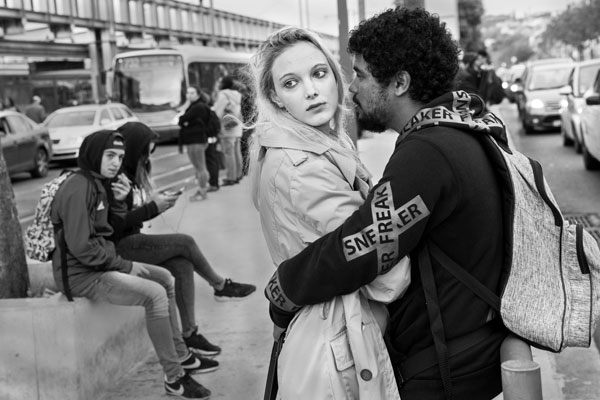All About Framing Streets
Table of Contents5 Easy Facts About Framing Streets DescribedFraming Streets Fundamentals ExplainedEverything about Framing StreetsExcitement About Framing Streets6 Simple Techniques For Framing StreetsAbout Framing Streets
, usually with the objective of recording pictures at a decisive or touching moment by cautious framework and timing. https://framingstreets1.carrd.co/.
The Best Guide To Framing Streets
Susan Sontag, 1977 Road digital photography can concentrate on people and their habits in public. In this respect, the street photographer resembles social documentary digital photographers or photographers who likewise operate in public locations, but with the purpose of capturing relevant occasions. Any of these photographers' pictures may capture people and building noticeable within or from public locations, which usually requires navigating moral problems and laws of privacy, security, and residential or commercial property.
Representations of day-to-day public life create a style in almost every period of world art, starting in the pre-historic, Sumerian, Egyptian and very early Buddhist art durations. Art taking care of the life of the road, whether within views of cityscapes, or as the leading motif, appears in the West in the canon of the North Renaissance, Baroque, Rococo, of Romanticism, Realistic look, Impressionism and Post-Impressionism.
Unknown Facts About Framing Streets
Louis Daguerre: "Boulevard du Temple" (1838 or 1839) In 1838 or 1839 the first photograph of numbers in the road was recorded by Louis-Jacques-Mand Daguerre in among a set of daguerreotype sights extracted from his workshop window of the Boulevard du Holy place in Paris. The 2nd, made at the height of the day, reveals an uninhabited stretch of road, while the various other was taken at regarding 8:00 am, and as Beaumont Newhall reports, "The Boulevard, so constantly loaded with a moving crowd of pedestrians and carriages was completely singular, other than an individual that was having his boots brushed.
, who was inspired to undertake a similar documents of New York City. As the city created, Atget assisted to advertise Parisian streets as a worthy topic for digital photography.

The Ultimate Guide To Framing Streets
Martin is the very first taped photographer to do so in London with a disguised video camera. Mass-Observation was a social research organisation established in 1937 which intended to tape day-to-day life in Britain and to tape-record the responses of the 'man-in-the-street' to King Edward VIII's abdication in 1936 to wed divorce Wallis Simpson, and the sequence of George VI. Andre Kertesz.'s widely admired Images la Sauvette (1952) (the English-language edition was titled The Decisive Moment) promoted the idea of taking a picture at what he called the "definitive moment"; "when type and content, vision and structure merged right into a transcendent whole" - vivian maier.
A Biased View of Framing Streets
The recording equipment was 'a surprise electronic camera', a 35 mm Contax hidden under his coat, that was 'strapped to the chest and attached to a long wire strung down the right sleeve'. His job had little contemporary impact as due to Evans' sensitivities about the creativity of his project and the privacy of his topics, it was not released till 1966, in the publication Lots of Are Called, with an intro composed by James Agee in 1940.
Helen Levitt, after that an instructor of young children, connected with Evans in 193839. She documented the transitory chalk illustrations - Sony Camera that became part of children's street society in New york city at the time, as well as the kids that made them. In July 1939, Mo, MA's new photography area consisted of Levitt's work in its inaugural exhibitionRobert Frank's 1958 publication,, was significant; raw and commonly out of focus, Frank's images questioned traditional digital photography of the moment, "challenged all check out this site the formal policies set by Henri Cartier-Bresson and Walker Evans" and "flew in the face of the wholesome pictorialism and genuine photojournalism of American publications like LIFE and Time".